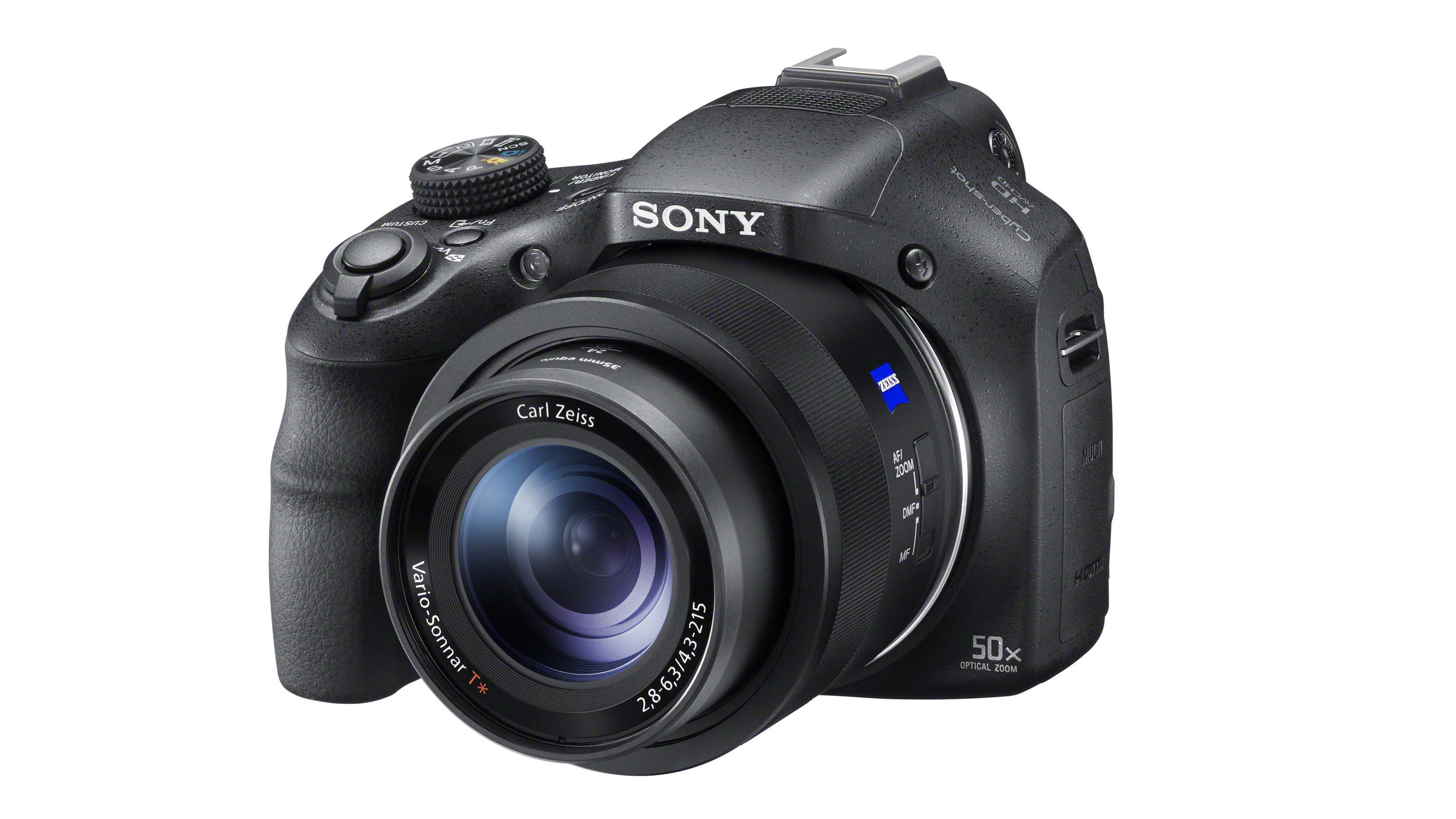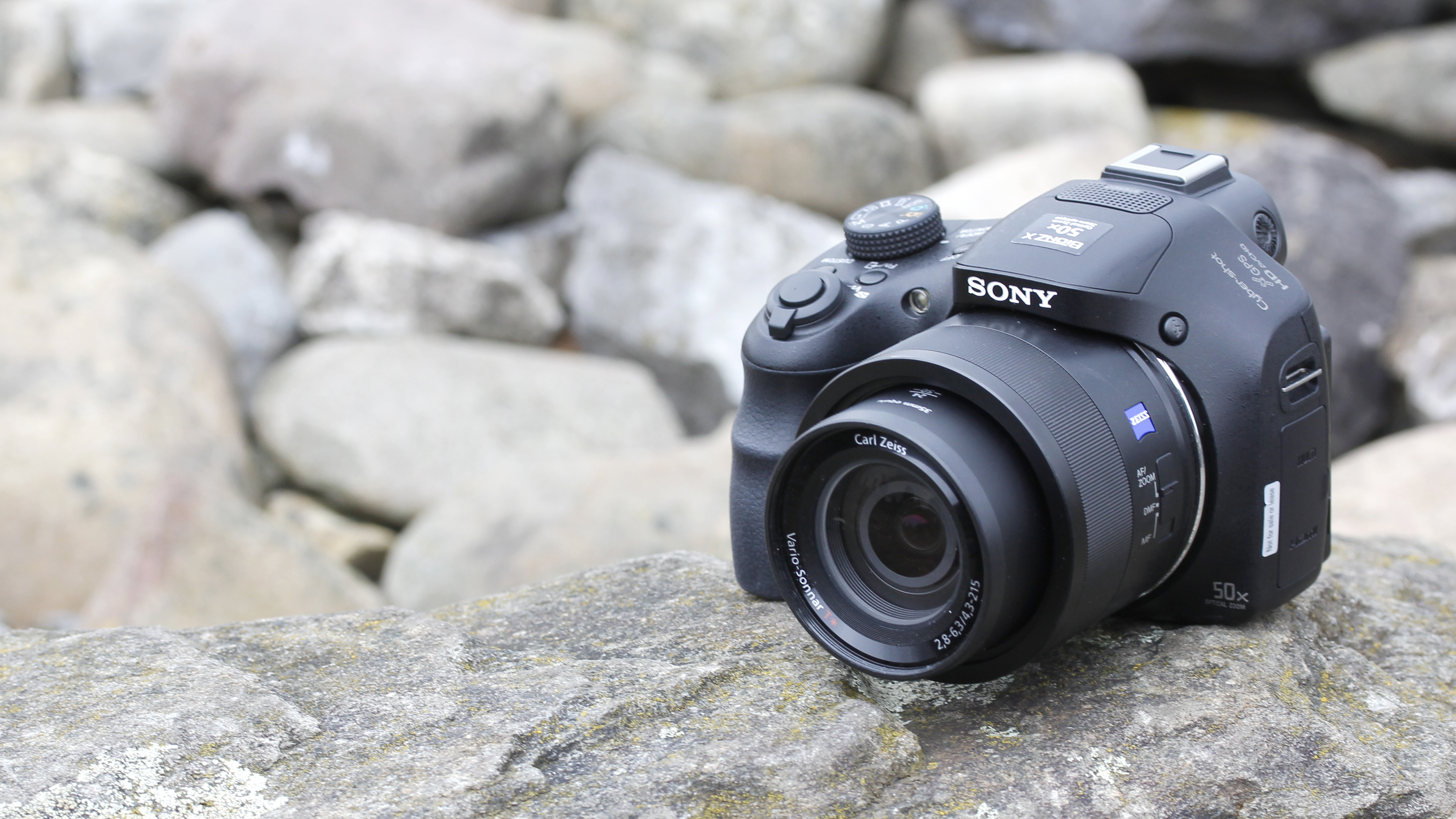Why you can trust TechRadar
While it's true that the bridge camera market remains buoyant, most of the other manufacturers haven't released anything particularly exciting in some time. Sony, on the other hand, continues to innovate and here in the HX400 it's using some of its best technology to reach out to a wider audience.
Obviously, it's image quality that's the most important, and happily the HX400V doesn't disappoint. Images are full of detail and have bright, punchy colours. Although if you examine at 100%, there is some evidence of image smoothing, but it's better than some of the other cameras currently on the market – including some in Sony's own range. It's also worth noting the unlikelihood that anybody would be examining images at 100%, or printing off at huge sizes.

Noise is also kept to a minimum, thanks in part to technologies such as the multi-area noise reduction, which is useful when shooting at high sensitivities. It's not as good to use in low light as a compact system camera or DSLR, but the sensor is a lot smaller, so that's of course to be expected. It can be easy to forget that this is essentially a compact camera thanks to its large size and design.
Of course, the huge zoom range is the key selling point of this camera. Happily, using it at the telephoto end of the lens produces blur-free images, thanks to the optical image stabilisation technology, which also helps compose the image.
This is a good camera for those who like to experiment and get a little creative with images, as it has a good range of digital filters, while the sweep panorama function is excellent. It's also great to be able to take full control over settings by shooting in manual mode, or semi-automatic, just as you might do a DSLR. This could be a good backup camera for a DSLR owner.
Having built-in Wi-Fi is starting to become a must-have for a lot of cameras. Still, it's nice to see it included on a camera like this. It means you can transfer a photo over to your phone for quick sharing to social networking sites, which is something that seems essential these days.
Having the ability to expand the functionality of the camera via PlayMemories cameras apps is also nice too, even though the range available is a little limited right now.
The tilting screen is a nice function, although, as we're starting to get tired of repeating, it would be nice to see a touchscreen. That said, the number of buttons and dials makes it easy to use the camera without one, so it's not as much of a problem as we've found it to be on other cameras.
The electronic viewfinder is also great. EVFs on bridge cameras tend to be a bit of a poor relation to those found on CSCs, but here Sony has put a decent device in, with the automatic sensor making it a nice, seamless transition between using the two.
We liked
There are a whole lot of things to like about the HX400V. But top of the list has to be the 50x optical zoom lens, which takes the crown as its key selling feature. It's a satisfyingly large lens, and the performance at either end of the optical zoom is great, too, making it a fine, flexible choice for travelling and holidaying photographers.
We disliked
It's a big shame that you can't shoot in raw format. For a camera with this level of advanced control, it seems pretty remiss of Sony not to include it, especially at this price point.
Verdict
Sony has produced another solid camera in the HX400V, with some excellent technologies working to make sure it produces excellent images. There are a lot of interesting functions that make it even more appealing, including the 50x optical zoom, built-in Wi-Fi and creative functions. It's a shame that Sony has neglected to include raw format shooting, otherwise this would perhaps have been almost the perfect bridge camera.
Amy has been writing about cameras, photography and associated tech since 2009. Amy was once part of the photography testing team for Future Publishing working across TechRadar, Digital Camera, PhotoPlus, N Photo and Photography Week. For her photography, she has won awards and has been exhibited. She often partakes in unusual projects - including one intense year where she used a different camera every single day. Amy is currently the Features Editor at Amateur Photographer magazine, and in her increasingly little spare time works across a number of high-profile publications including Wired, Stuff, Digital Camera World, Expert Reviews, and just a little off-tangent, PetsRadar.

